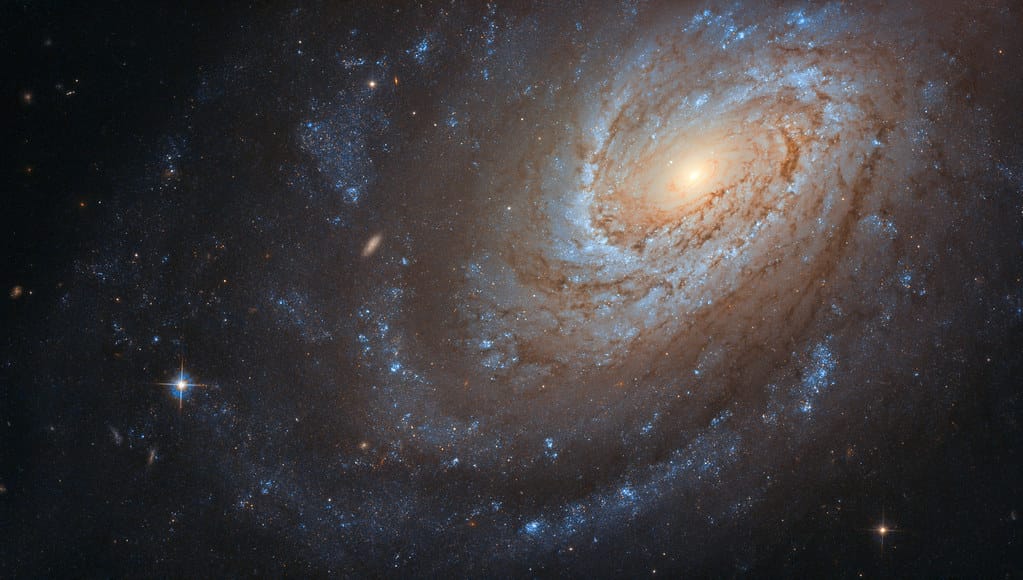Doomed 'Cannibal' Star T Coronae Borealis Could Explode in Spectacular Supernova Visible During Daylight
Astronomers are watching the skies with unprecedented excitement as a rare stellar phenomenon promises to deliver one of the most spectacular cosmic shows in human history. T Coronae Borealis, dubbed the "Cannibal Star," is preparing for a massive explosion that could make it temporarily visible during daylight hours—an event so rare it occurs only once every 80 years.
A Stellar Monster in Our Cosmic Backyard
Located approximately 3,000 light-years from Earth in the constellation Corona Borealis, T Coronae Borealis isn't your typical star. This white dwarf exists in a binary system, locked in a deadly dance with a red giant companion. Like a cosmic vampire, the white dwarf continuously strips material from its larger partner, earning it the ominous nickname "Cannibal Star."
This stellar cannibalism creates an unstable environment where hydrogen accumulates on the white dwarf's surface. When enough material builds up, the conditions become ripe for a thermonuclear explosion of epic proportions—what astronomers call a nova.
The 80-Year Cycle of Destruction
What makes T Coronae Borealis particularly fascinating is its predictable behavior. Historical records dating back to 1866 show that this stellar system erupts approximately every 80 years. The last recorded explosion occurred in 1946, making the current timeline particularly compelling for astronomers worldwide.
"We're essentially watching a cosmic time bomb," explains Dr. Rebecca Martinez, an astrophysicist at the Harvard-Smithsonian Center for Astrophysics. "The regularity of this system gives us an unprecedented opportunity to study nova mechanics in real-time."
Recent observations indicate the star is showing pre-explosion signs consistent with its historical pattern, including unusual brightness fluctuations and spectroscopic changes that suggest the buildup of critical hydrogen layers.
A Daytime Spectacle Centuries in the Making
When T Coronae Borealis explodes, it will temporarily become one of the brightest objects in our night sky, potentially reaching a magnitude bright enough to be visible during daylight hours. This extraordinary brightness increase—jumping from its current magnitude of +10 to potentially +2 or brighter—represents a 4,000-fold increase in luminosity.
For context, only a handful of celestial objects are typically visible during the day: the Sun, Moon, Venus, and occasionally Jupiter. The prospect of adding a nova to this exclusive list has astronomers and stargazers equally thrilled.
Global Observation Campaign
The astronomical community has mobilized resources worldwide to capture this event. NASA's Neil Gehrels Swift Observatory, the Hubble Space Telescope, and ground-based observatories across six continents are positioned to monitor the explosion from the moment it begins.
"This is a once-in-a-lifetime opportunity for multiple generations," notes Dr. James Chen from the European Space Agency. "The last time this happened, television was still experimental, and space exploration was science fiction."
Scientific Goldmine
Beyond the spectacular visual display, T Coronae Borealis offers scientists invaluable research opportunities. Nova explosions help astronomers understand stellar evolution, nuclear physics under extreme conditions, and the chemical enrichment of galaxies.
The explosion will also provide crucial data about white dwarf systems, which play essential roles in measuring cosmic distances and understanding the universe's expansion rate. Elements created during the explosion—including carbon, oxygen, and neon—will eventually seed future star formation, continuing the cosmic cycle of death and rebirth.
When Will It Happen?
While astronomers can't pinpoint the exact timing, current models suggest the explosion could occur anywhere from tomorrow to within the next few years. The star's recent behavioral patterns closely match those observed before its 1946 eruption, suggesting the event is imminent on astronomical timescales.
Amateur astronomers are encouraged to monitor the Corona Borealis constellation regularly, as they may be among the first to witness the explosion's initial stages.
A Cosmic Reminder of Our Universe's Dynamic Nature
T Coronae Borealis serves as a powerful reminder that our universe remains dynamically active, constantly creating spectacular phenomena that humble and inspire us. This impending explosion offers a rare opportunity for humanity to witness stellar evolution in fast-forward, providing both scientific insight and pure cosmic wonder.
Whether you're a seasoned astronomer or casual stargazer, keep your eyes on Corona Borealis. When this cannibal star finally explodes, it will create a celestial spectacle that connects us directly to the violent, beautiful processes that shape our universe—and it might just be visible during your morning coffee.
